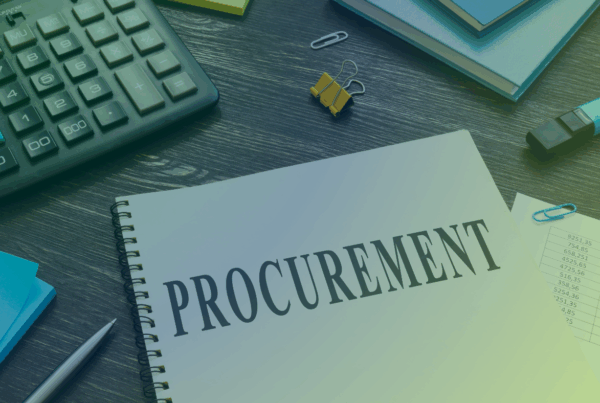Are you curious about how energy management strategies can shape your business’s operations in 2025? Whether you aim to optimize consumption or uncover new revenue streams, programs designed to reduce peak electricity usage offer compelling opportunities. Below, we’ve compiled the top 10 questions and answers to help you navigate this dynamic landscape.
What is demand response, and how does it work?
It’s a grid management strategy where businesses are incentivized to reduce or shift electricity usage during peak demand periods. By participating, your facility helps stabilize the grid while earning financial rewards. It’s a win-win for energy resilience and sustainability.
Why is this strategy essential for 2025?
As renewable energy sources continue to expand, grid stability becomes more complex. These initiatives support a cleaner grid by reducing reliance on polluting backup power plants, ensuring that renewable energy is effectively integrated into the system.
Who can participate in these programs?
Such programs are open to various sectors, including manufacturing, data centers, healthcare facilities, commercial buildings, educational institutions, and large retail spaces. If your organization uses significant electricity, you are likely to qualify.
What types of events trigger participation?
Most events occur during extreme weather conditions when energy consumption peaks—think sweltering summer afternoons. These events typically last a few hours and are scheduled with advance notice.
How are participants notified of an event?
Notifications are sent through multiple channels such as email, text messages, automated calls, and mobile app alerts. Depending on your program, you could receive notifications anywhere from 10 minutes to several hours before an event begins.
What strategies can businesses use to reduce energy during an event?
Common reduction methods include:
- Adjusting HVAC settings
- Powering down non-essential equipment
- Leveraging on-site energy generation, such as backup generators
- Dimming or switching off lights
Your program provider can help tailor a plan specific to your facility’s operations.
Are there penalties for non-compliance?
Most programs offer flexibility. If your facility cannot reduce energy during a specific event, you simply forgo the financial incentives for that event. Always review program terms to understand the requirements.
Do I need new equipment to join a program?
In many cases, you’ll need an advanced metering device to track and report energy reductions accurately. Providers often install these devices at no cost to you.
What are the financial benefits of participation?
By taking part, businesses earn payments for reducing electricity usage during critical periods. These payments can significantly offset energy costs, creating a new revenue stream while fostering a sustainable energy profile.
How do these initiatives support long-term energy goals?
Participation not only enhances grid stability but also helps businesses align with sustainability objectives, improve operational efficiency, and position themselves as leaders in environmental stewardship.
Energy reduction programs are a forward-thinking approach to management, offering financial incentives and sustainability benefits. Want to learn how your facility can participate in 2025? Contact Renodis today at info@renodis.com or learn more about our sustainability services here.






